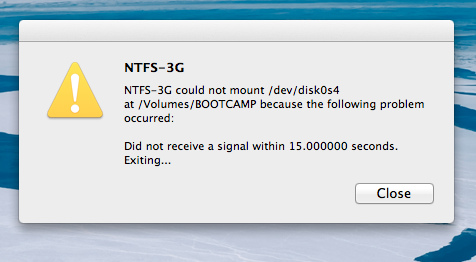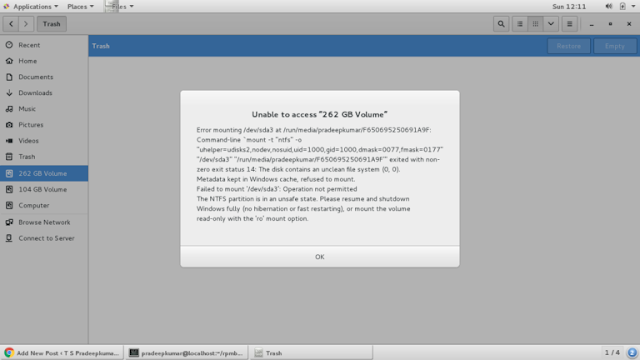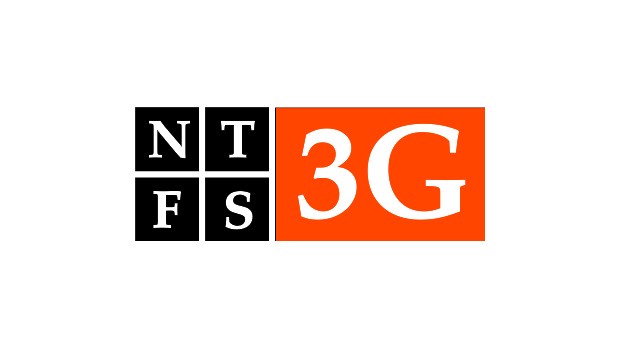
If you want to automount on bootup (so you don’t have to manually remount after every reboot), we need to append the following line to /etc/fstab /dev/sdb1 /media/hdd1 ntfs-3g defaults,locale=en_US. Now you’re good to go! You should be able to access your external drive through the mount point you created. Now we can mount our drive point to our mount point sudo mount -t ntfs-3g /dev/sdb1 /media/hdd1

Once we have that, we need to create our mount point, this can be what or where ever you want sudo mkdir /media/hdd1

Here we want to note the drive point in our case: /dev/sdb1 /dev/sdb1 1 243201 1953512001 7 HPFS/NTFS Next, we need to find the usb drive point that we want to mount sudo fdisk -l | grep NTFS The drive point is where the external drive will be located and the mount point is where we’d like to access it for regular usage.įirst we need to install the read/write ntfs package sudo apt-get install ntfs-3g
Ntfs 3g mount how to#
This tip explains how to enable use of ntfs-3g on multiple machines with ease and how to change the overly permissive permissions ntfs-3g sets for volumes it mounts.

There are two things you will need to note throughout this tutorial: drive point and mount point. SLED 10 Service Pack 2 introduced read/write support for NTFS volumes via the inclusion of ntfs-3g, however even with ntfs-3g installed NTFS volumes still mount read-only by default. This is particularly handy if you’re trying to use a Windows formatted external drive on Ubuntu. This post if for anyone looking to mount an external NTFS drive with read and write capability.


 0 kommentar(er)
0 kommentar(er)
